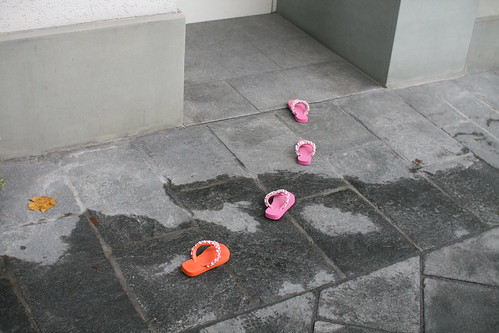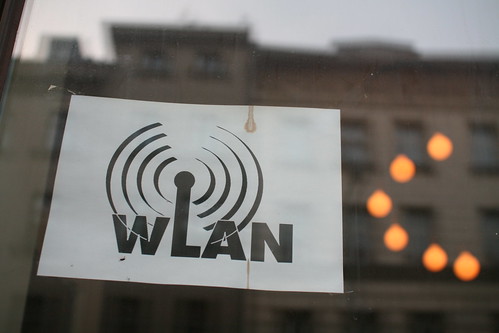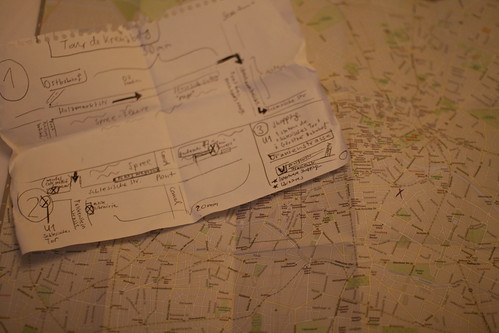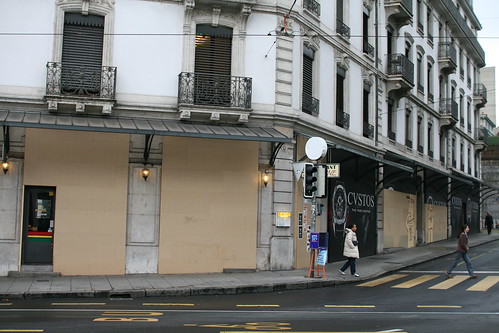"founded in 2006 / one of the first start-up in this geopresence space
check each others' location with your laptop that detects the wifi where you are
we had to build the whole thing, now the geoweb is a more mature ecosystem and the components ar emore specialized
nokia acquired plazes few months ago, now plazes is part of nokia maps; trying to mash things up
why going with nokia?
if you look at my card it says "heads of social activities"
my mother thinks i am organizing bbq party but it's a sign that nokia is advanced
division " context-based services", expanded from LBA
the promises of geoweb: connected guidance of people (reach any place on any terrain... mass market... on foot+car), discover and share places (find and add cool places, recommend to others), record and share your life (record hikes, journeys and share or relive your life), stay close to your friends (stays close+ plan joint activities)
this promise has been around for sometimes
the nokia phone from 1998 with WAP was cool and it even had a buddy-finder (vodagone germany) but it did not work, it never came out on that product
broken promise, it was very naive, people seemed to haven't think lbs through
falses ideas:
it's creepy that people can see where I am: i don't think so
cool, i can finally track my friends wherever they are: this is wrong, it's not about tracking but about publishin
great i can push an ad or coupon to anyone passing by my store: naive vision + this does not scale, this use case won't work
AND TIME WON'T HELP, it's not just about waiting the other part of the hype cycle
what it takes to build the geoweb, you need to understand that:
- location detection: it's not soft, of course there is GPS enabled devices but...
- mapping: layer of rules and metadata, google maps helps a lot, that's a component that is at a good stage
- social objects: what are the geoweb specific objects that emerges: what are the unique objects that work with location?
1) location detection: GPS, A-GPS, wifi localisation (skyhook wireless), cell localisation, cell-triangulation (never really useful because it was confiné au seul operateur: pas possible de transmettre cette information aux amis d'un autre provider sans qu'ils aient a payer...)
what does location detection save? it can put you at a certain lat/long at a certain time
does not sound like much, lat/long without context is not much
but if you add existing social objects, location can add valuable information: geotagging pictures, twibble
other objects: email, music tracks? what other objects can improve through location?
sorting/filtering your email by location?
this is where things will happen
there are still challenged:
battery life: and it needs to be aware all the time...
probing frequency
privacy scheme needed
pattern detection
background processes: it's not possible to build an app that track my position in the background for other applications
there is a tendency to build gps in every devices (camera, bike) but interestingly there are also tracker that does uniquely tracking: little sony gps box
2) Mapping provides context and rules
lots of improvement in that field
enables routing and navigation
personal nav is already mass market today
mapping will constantly improve: google cars that collect streetview imagery, 3d models...
3) Social objects
a social network is not only a connection between people, social connections happens through social object
examples of social objects: bookmarks, people, pictures...
web2.0 is the web of social objects
a social object: represents atomical data (i can refer to it, it becomes a conversational piece: like a picture on flickr), has a perman-linkable/embedable, often provides a conversational canva
you can add location to other social objects and sort them
so which new social objects emerge in the geoweb?
1) places (a point in space): the most important, places are the most reference points of the geoweb
the challenge: name space unification (how to refer to you couch as a place? your appartment? this is not just using the yellow pages, the idea is to come up with sth that is open but has a controlled vocabulary), open versus closes, dupes (we have to allow duplicates (different city names berlin) but also control them: how do you allow for ambiguity), lat/long which allows to place assignement
yahoo had done it with the "where on earth" idea
2) traces: lots of points over time
ideal container for attaching places and media
3) activities
vast amount of data
social activies are on the intersection of time and space
what dopplr calls a trip is an activity
SO what can we build?
1) cool new apps:
lat/long: this picture was taken here
+place: three of your friends are at this bar
+trace: this place I visited on my italy trip
+activity: five people you will run into at Shift08
2) privacy
right now: time and relation
future: place-based privacy
other options: chaffing, granularity
3) advertising - monetize
targeting based on meaningful locations
triggering upon engagement: you only get an ad if you engage physically a place, if you go there...
turning advertising into information
what the ecosystem will look like?
object creation (phone, laptop... automatic)...api layer... object storage (contextual logic/provacy, data layer)... api layer... object publication (published through all kinds of chanels: twitter, facebook, ovi, google earth, skype, fireagle...)"


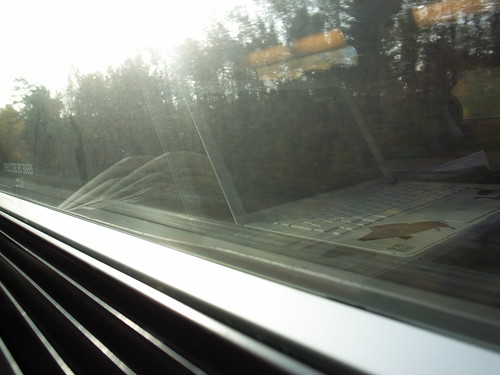

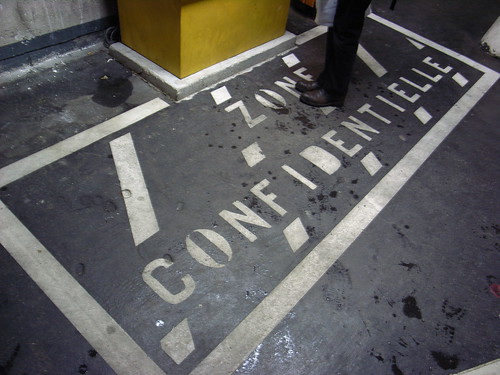
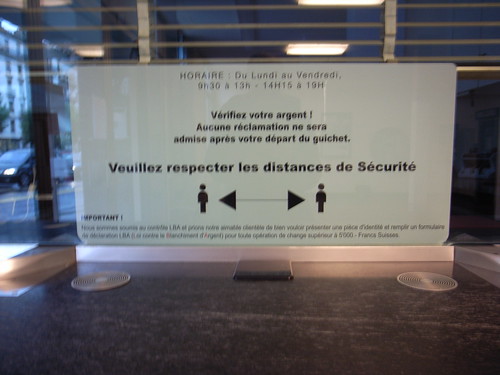

 Quick
Quick 